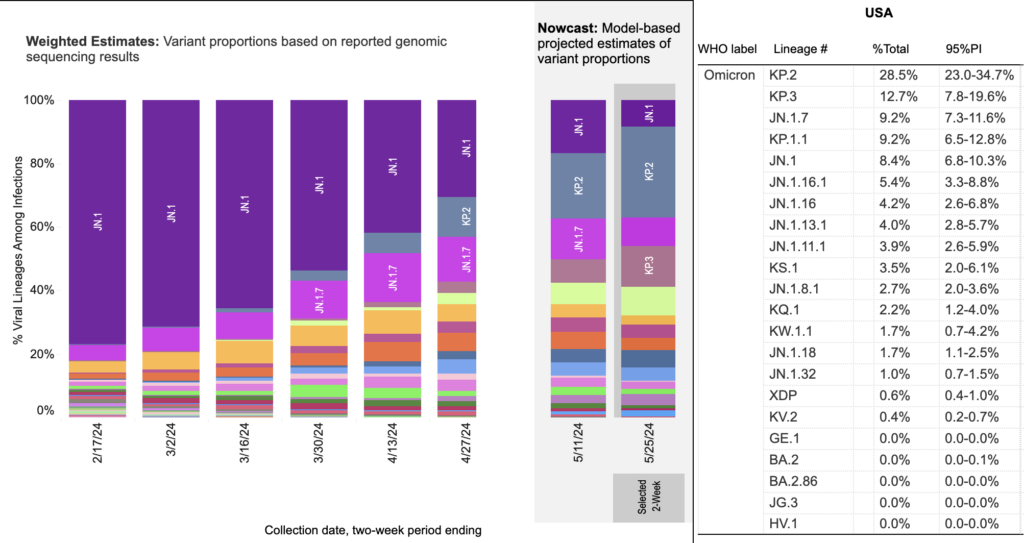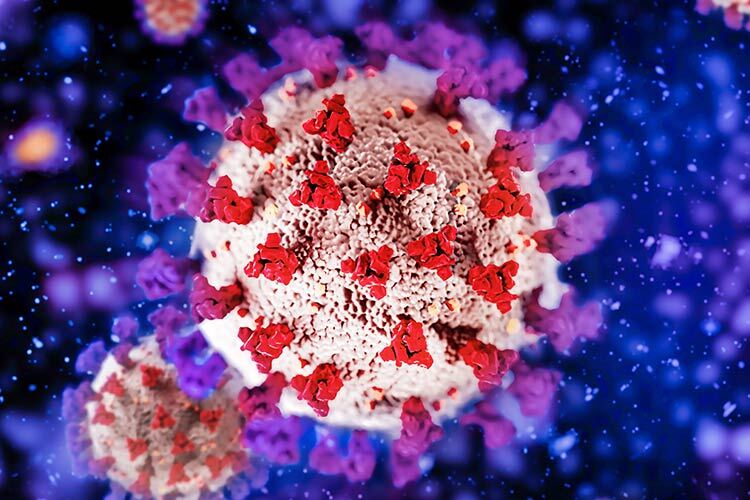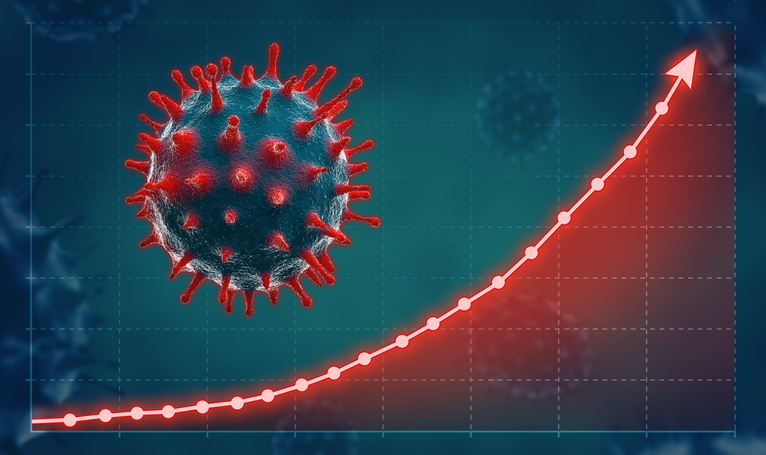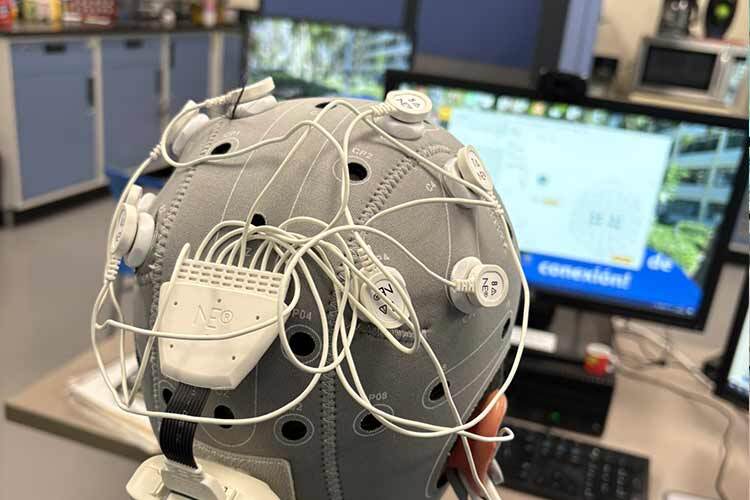SARS-CoV-2, the coronavirus causing Covid-19, which triggered the global pandemic of 2020, continues to mutate and its latest variants have alerted US health authorities, but what do we know about the new strains, known as FLiRT?
“To better understand how the FLiRT strains emerged, it might help to see how the SARS-CoV-2 virus has changed over time, with new variants forming as mutations emerged in its genetic code”, says Yale University in a text published on its website.
According to the text, Omicron was a variant of SARS-CoV-2 that took hold in the US in 2021 and began to spawn subvariants of its own. One of those was JN.1, which was identified in September 2023 and spread through the country during the winter months, leading to a spike in Covid-19 hospitalizations.
Yale Medicine explains that JN.1 also has descendants; the FLiRT subvariants are spinoffs of one called JN.1.11.1.
What Are the FLiRT Strains And Where Did They Come From?
We know that FLiRTs come from the Omicron variant, specifically JN.1.11.1, and have two mutations in their spike proteins (the protrusions on the surface of the virus) that weren’t seen in JN.1.
“FLiRT is the term being used to describe a whole family of different variants—including KP.2, JN.1.7, and any other variants starting with KP or JN—that appear to have independently picked up the same set of mutations. This is called convergent evolution”, mentions an article published by Johns Hopkins University.
Nobody knows exactly where the FLiRT variants first emerged, but the US Centers for Disease Control and Prevention (CDC) first detected these strains in wastewater and have since been identified in other countries such as Canada and the United Kingdom.
Why Are FLiRT Strains Of Concern To the US?
On March 13, Johns Hopkins University published: “At the end of March, the KP.2 variant was causing about 4% of infections in the U.S., according to the CDC, while its parental strain, JN.1, was causing over 50% of infections at that time. As of early May, KP.2 makes up about 28% of infections, overtaking JN.1 as the dominant variant”.
The latest data from the Centers for Disease Control and Prevention, which cut information from 11 to 25 May, show that in a week the variant KP.2 went from 20.5% to 28.5% of infections.

The prevalence of this variant comes at a critical time, when experts are deciding how to formulate Covid-19 vaccines for next fall.
Will FLiRT Affect Vaccine Formulation?
Andy Pekosz, professor of Microbiology and Molecular Immunology at Johns Hopkins, said in an interview posted on the University’s website that “last year, vaccines were based on the XBB.1.5 variant and, just a few months later, the JN.1 variant became the dominant variant in the US”.
So, “new Covid variants are likely to crop up after a decision is made —just as it did last summer— but the goal remains to select a formulation that, come fall, will match the circulating variants as closely as possible”.
The academic explained that it’s during this month that governing bodies such as the World Health Organization (WHO) and the United States Food and Drug Administration (FDA) recommend an updated formulation for Covid-19 vaccines, which are launched early fall because winter is when cases rebound.
“At the end of April, the WHO announced that their Covid vaccine advisory group advises using the JN.1 lineage as the antigen for the upcoming formulations of the vaccine. All of these FLiRT variants are within the JN.1 family of variants”, Pekosz said.
“Here in the US, the FDA has postponed its meeting to determine the fall 2024 Covid vaccine from mid-May to early June. That gives them more time to see which of the FLiRT variants is becoming the dominant one so they can fine-tune the WHO recommendation to what they anticipate will be most prominent in the fall”, he added.
What Are the Symptoms of FLiRT and How to Protect Yourself?
Experts from Johns Hopkins and Yale point out that the symptoms aren’t different from those presented in other variants, “we continue to see more mild disease, but that’s likely not because the virus is milder, but because our immunity is so much stronger now. After years of vaccinations and infections, most of the population is better able to fight off an infection without as much concern for severe disease”.
The period of infection of FLiRT remains the same as that of JN.1 and the previous Omicron variants. Likewise, antivirals such as Paxlovid are still the most recommended drugs for high-risk people because they still work against the variant JN.1.
Some of the recommendations are:
- Have rapid tests at home, in case symptoms occur
- Be aware of local health authorities
- Make meetings in ventilated areas


















